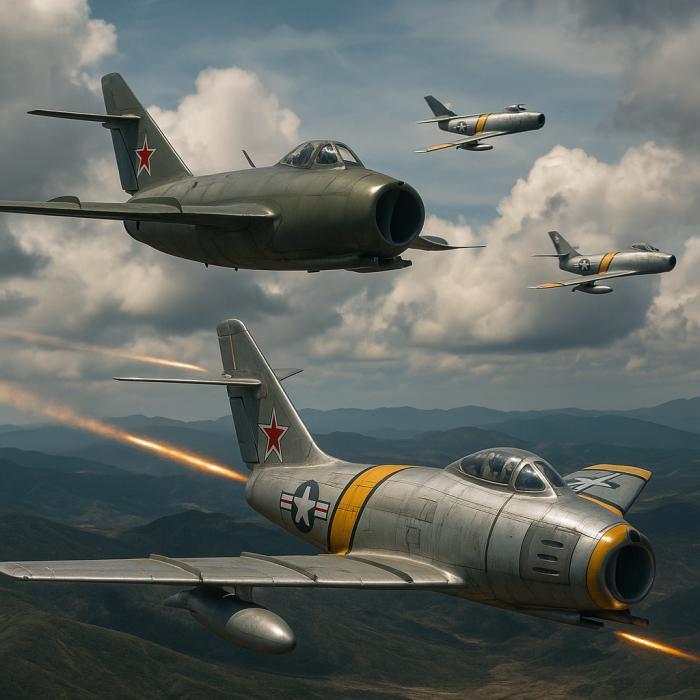5. Soviet Pilots in Disguise

Unbeknownst to many at the time, skilled Soviet pilots flew combat missions over MiG Alley, secretly disguised in North Korean or Chinese uniforms and aircraft markings. To avoid escalating Cold War tensions into direct conflict, Moscow strictly maintained plausible deniability, enforcing strict secrecy around their involvement. These seasoned Soviet aviators, often World War II veterans, brought invaluable experience and sophisticated air combat tactics. Their covert participation significantly enhanced communist air strength, challenging American-led forces and intensifying aerial battles. Only decades later did official records and testimonies surface, revealing just how extensively Soviet pilots contributed to the fierce dogfights above Korea.

















